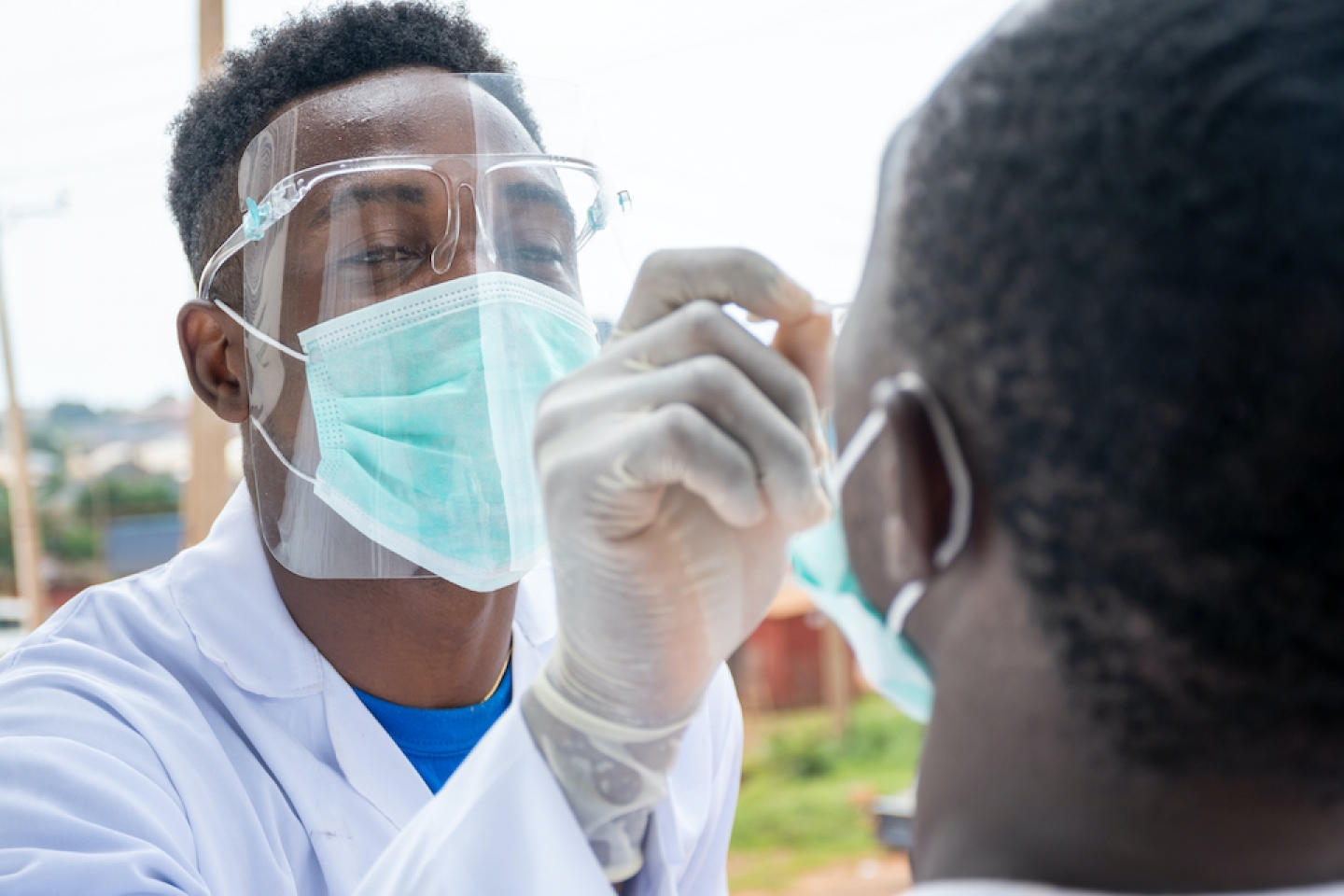
Updated on January 19th, 2022
Because of Omicron, COVID-19 is surging again and so are demands for – and confusion about -- testing. Fortunately, this variant appears to cause milder disease, and we have better strategies for treating those who become symptomatic. Nevertheless, the spike in cases has led to long lines at testing centers and dwindling supplies of home tests on store shelves. While this remains the case, and as testing volume is overwhelming doctors’ offices and testing centers we have some advice to answer your questions about testing and clear up confusion about who should get tested for COVID-19 and when.
According to the latest guidance from Centers for Disease Control (CDC), if you have had close contact with someone who has COVID-19, then you should take a lab or rapid home test:
If you have mild symptoms and are low risk for severe disease, then getting tested immediately is not essential. “If you have mild symptoms of COVID-19 and have been exposed and are otherwise young and healthy, then you likely have COVID-19 and can touch base with your physician, but you don’t need to urgently find testing,” Dr. Adam Stracher, Chief Medical Officer at Weill Cornell Medicine says.
Beginning January 19, 2022, every household in the U.S. is eligible to order 4 free at-home COVID-19 rapid tests through covidtests.gov.
Orders will usually ship in 7-12 days. Order your tests now so you and your loved ones have them available when needed.
Testing is most valuable if you are at risk for serious complications from COVID-19 and eligible for treatment, or if the results might influence your living situation, Dr. Stracher says. If you decide to take a test, then do it five days after your exposure so that the virus has time to reach detectable levels, or anytime if you are symptomatic.
“When testing is not readily available, it’s most important to test those individuals who might receive interventions like the new oral antivirals or monoclonal antibody that will actually make a difference in their outcome,” said Dr. Paul Fenyves, associate director of digital care and innovation for Primary Care.
No. It is possible for a test to give a negative result even if you have COVID-19. This is called a "false negative." If you take a test too early in your infection, then you could test negative at first, and positive later. “A negative test in a symptomatic patient is sometimes wrong,” Dr. Fenyves says. “When community rates of COVID-19 are very high, as they are at this moment, the chances of a “false negative” test also go up.”
It depends on when you were tested. The CDC recommends that you get tested at 5–7 days after your last exposure, or immediately if symptoms develop. “If you are concerned about exposing high-risk individuals during that 5-7 day period before your test, then the safest measure is to stay away, or use masks if distancing is not possible,” Dr. Fenyves says.
Ideally, when home tests are available, yes. The CDC says to test, especially if you’re gathering with unvaccinated children, older individuals, those who are immunocompromised, or individuals at risk of severe disease.
The CDC advises performing serial tests—two or more tests over several days with at least 24 hours between each one—with one test as close as possible to the event you will attend—to reduce your risk of transmitting the virus.
Dr. Fenyves says, “A negative test only means that the test did not detect the virus but does not completely rule-out infection. Testing is not foolproof, so you need to balance the chance of a false-negative test with the risk of infecting someone who is high risk”
Your negative test result could be false negative, and a lab-based P.C.R. test will provide a more accurate picture of your infection status. In the meantime, you should stay home and away from people. You should contact your healthcare provider about follow-up testing and how long to isolate, especially if your symptoms worsen.
No. The CDC says that if you have tested positive for COVID-19 within the past three months, recovered and have no new symptoms, then you do not need to re-test, since tests, depending on the type, can stay positive for weeks or months. “There is absolutely no need to test before leaving self-isolation,” Dr. Fenyves adds.
The CDC urges you to:
The CDC urges you to contact your healthcare provider to determine whether or not additional testing is necessary. “A positive home test is overwhelmingly likely to be a true positive and it may not be necessary to do another before leaving self-isolation,” Dr. Stracher says.